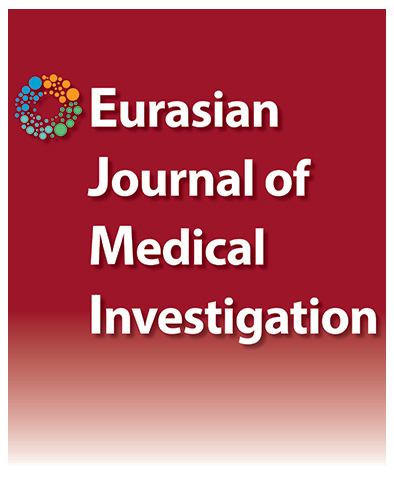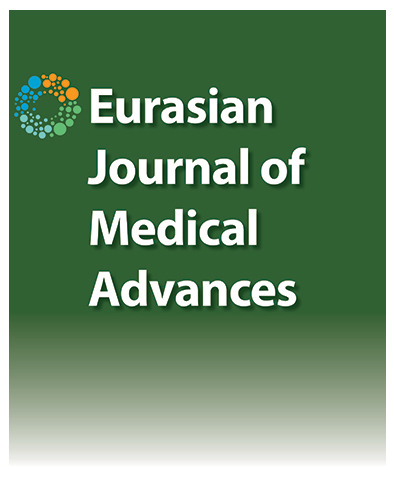The Effect of Nail Diameter in Reamed Intramedullary Exchange Nailing
Yusuf Murat Altun1, Cahit Koçak21Department of Orthopedics and Traumatology, Bilecik Training and Research Hospital, Bilecik, Türkiye2Department of Orthopedics and Traumatology, Doruk Özel Yıldırım Hospital, Bursa, Türkiye
Objectives: Treatment with exchange nailing is the most preferred treatment method in aseptic femoral and tibial diaphyseal non-unions without bone defect. In this study, patients treated with exchange nailing for femoral and tibial diaphyseal non-unions were evaluated clinically and radiologically. The aim of this study was to determine the factors effective in exchange nailing treatment and to evaluate the effect of changing diameter of the nail.
Methods: This single-center, retrospective study included 22 patients with femoral diaphyseal non-union and 13 patients with tibial diaphyseal non-union who underwent revision surgery with exchange nailing after diagnosis of non-union following operations of the femur or tibia with intramedullary nailing.
Results: Union and healing were determined in all the patients (100%). In the femoral non-union group, the most decisive factor on the time to union was the change in nail diameter. In the tibial non-union group, the most decisive factor on the time to union was comorbidity.
Conclusion: Exchange nailing treatment in aseptic femoral and tibial diaphyseal non-unions without bone defect, with fixation using stable locking reamed intramedullary nail is a treatment option with excellent results. The change of nail diameter, especially in femoral non-unions has a positive effect on the time to union.
Manuscript Language: English





